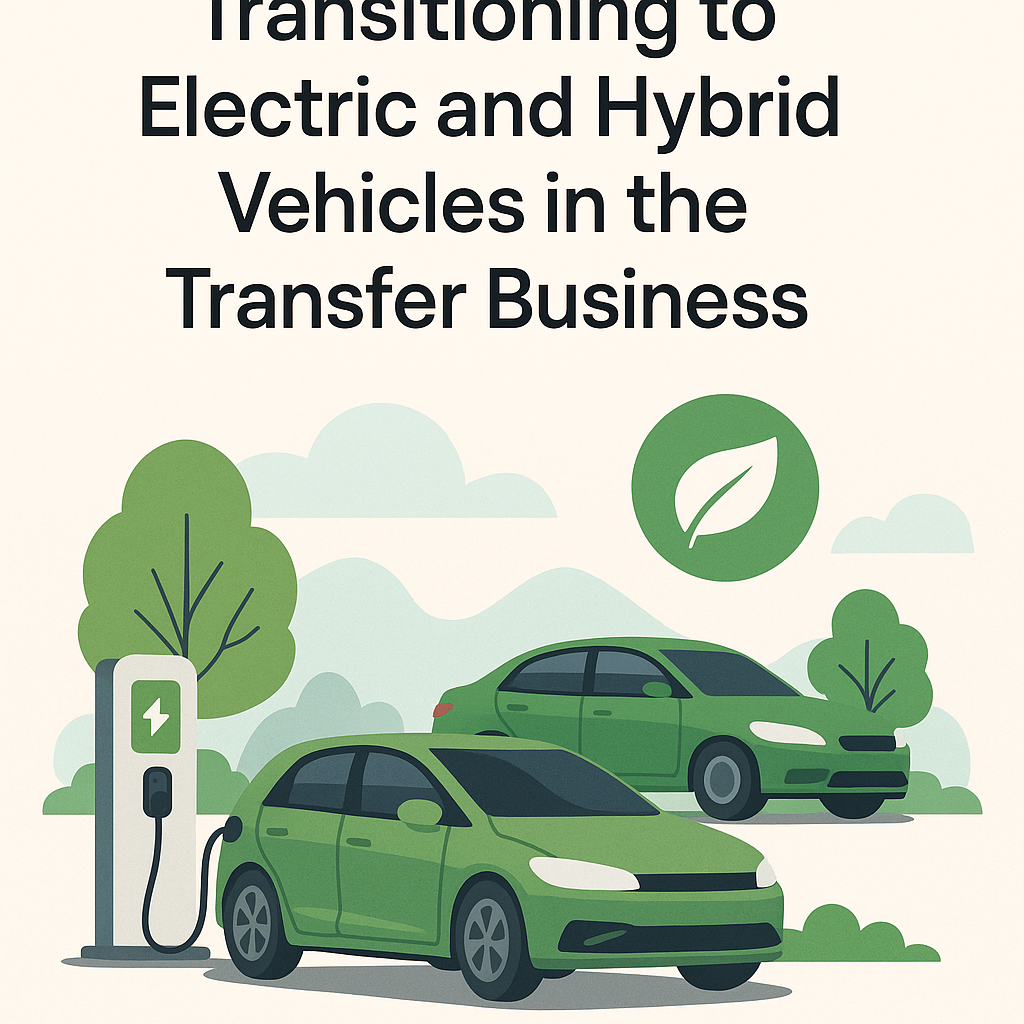Green Fleet: Transitioning to Electric and Hybrid Vehicles in the Transfer Business
For modern transfer businesses, sustainability is becoming more than a noble goal—it’s a practical strategy. With urban pollution concerns, tightening emission laws, and rising customer expectations around environmental responsibility, there has never been a better time to go green.
Whether you’re running executive transfers, airport shuttles, or local city rides, transitioning to electric and hybrid vehicles isn’t just about reducing emissions. It’s also about long-term business resilience, efficiency, and market relevance. This article walks you through what going green means in the transport world, how to begin the transition, and the role smart management platforms like TransferVista can play in supporting your journey.
Why Sustainability Matters in Transfers
Green vehicles are no longer confined to trendsetters or tech startups. Mainstream automotive brands now offer commercial-grade electric and hybrid options, and many cities are building charging infrastructure to support this growing ecosystem.
For transfer operators, this evolution opens up opportunities on multiple levels. Clients are increasingly drawn to service providers who align with their values—especially in corporate or tourism sectors where environmental reporting is becoming standard. Showing commitment to sustainability isn’t just good PR; it can be a powerful factor in a customer’s decision to choose your service over another.
Beyond branding, green fleets can also significantly reduce running costs. Electricity is cheaper than fuel in many countries, and electric vehicles require less maintenance. Over time, those savings can become a competitive edge.
Choosing Between EVs, Hybrids, and Plug-in Hybrids
Understanding your vehicle options is crucial. While all green vehicles aim to reduce environmental impact, they function in different ways and suit different needs.
Fully electric vehicles (EVs) run exclusively on battery power. They produce no tailpipe emissions, are quieter than fuel-powered cars, and offer a very smooth driving experience. These are ideal for short to medium urban routes, especially where local regulations or incentives make them attractive.
Hybrid electric vehicles (HEVs), on the other hand, combine a traditional fuel engine with a self-charging electric motor. They’re more fuel-efficient than regular combustion cars and are a good entry point for businesses wanting to lower emissions without relying on charging stations.
Plug-in hybrids (PHEVs) offer the flexibility of both. They can run on battery power alone for short distances and switch to fuel for longer journeys. This makes them useful for mixed-use routes, though they still rely partly on fossil fuels.
Selecting the right type often depends on the nature of your transfers. Airport shuttles or fixed-route rides within cities might benefit from EVs, while intercity services may require PHEVs during the early transition stages.
Starting the Transition: A Practical Approach
The idea of switching an entire fleet can feel overwhelming. The key is not to do everything at once. Begin by analyzing your current vehicles. Which ones are due for replacement? Which routes are predictable and short-range? These are ideal candidates for your first EVs or hybrids.
Starting small allows you to test how green vehicles perform in real-world scenarios. It also gives your drivers time to adjust and your operational team the chance to fine-tune logistics such as charging schedules and vehicle rotations.
For example, many operators begin with two or three green vehicles and gradually increase the number as they grow more confident and gather data. Early customer feedback can also help shape future decisions, and positive reactions often confirm the value of going green.
Infrastructure and Charging Strategy
One of the biggest concerns when moving to EVs is charging. For businesses operating from a central base, installing a couple of charging stations can be a smart long-term investment. This ensures that vehicles can be charged overnight and deployed in the morning without delay.
However, not every operation has the luxury of a private garage or depot. In those cases, partnerships with nearby parking structures, shopping centers, or even hotels can open up shared charging options. Public networks are expanding rapidly, and many apps now help drivers locate fast-charging stations in real time.
When planning your charging strategy, think about turnaround times, route distances, and local availability. Ideally, EVs should be assigned to routes where downtime allows for easy recharging. TransferVista can help here by integrating route planning with time management, helping dispatchers avoid scheduling conflicts or overbooking issues.
Preparing Your Team
The shift to green mobility doesn’t only involve vehicles—it also requires your team to adapt. Drivers may need to learn new habits, such as how to maximize range, use regenerative braking efficiently, or plan for charging stops. More importantly, they should be confident explaining these vehicles to customers, many of whom may be using an EV for the first time.
Training should also extend to customer service. If you’re branding certain rides as “eco-transfers,” drivers should be briefed on the experience you want to deliver—clean interiors, smooth driving, punctuality, and a calm atmosphere. These touches reinforce the premium, future-ready image you’re building.
Back-office staff should be trained in handling EV-specific scheduling, battery monitoring, and cost tracking. A tool like TransferVista simplifies many of these tasks, allowing real-time oversight of fleet status, automated alerts for battery levels, and easy reporting.
Updating Your Marketing and Communication
Once you’ve introduced green vehicles, tell the world. Highlight your green fleet on your website, especially on service pages or in booking forms. Add labels like “Eco Vehicle” or “Zero Emission Option” to make choices clear.
Don’t hesitate to use sustainability as a selling point. Social media posts, Google Business updates, and email newsletters are excellent ways to inform existing customers. You can also consider offering discounts on eco-rides or bundling them into tour packages or airport pickups.
TransferVista allows you to customize your booking interface, so customers can select the type of vehicle they prefer. This small detail can increase bookings and build brand loyalty among eco-conscious passengers.
Financial Considerations and Government Incentives
While electric and hybrid vehicles are often more expensive to purchase, many governments offer financial support. These can include tax rebates, grants, lower registration fees, and exemptions from congestion charges. Some cities even allow EVs to use bus lanes or provide free municipal parking.
Additionally, the cost-per-kilometer for EVs tends to be significantly lower than for diesel or petrol vehicles. With fewer parts that wear out—no oil changes, no spark plugs, and no exhaust system—maintenance costs can be up to 30–50% lower over the vehicle’s lifetime.
When managed carefully, the total cost of ownership for EVs often beats traditional vehicles within three to five years. For larger fleets, the savings compound even faster.
Leveraging Technology: How TransferVista Helps
Transitioning to a green fleet adds complexity, especially when managing mixed vehicle types. That’s where intelligent transport management software becomes essential.
TransferVista supports transfer businesses in tracking vehicle type, range, maintenance needs, and driver assignments. Dispatchers can filter vehicles based on energy type, assign trips based on battery status, and even automate notifications when a vehicle needs charging.
The platform also allows you to monitor CO₂ savings over time—helpful for both internal reporting and marketing. If you offer corporate transfers, providing sustainability reports can add serious value to your service.
In short, TransferVista ensures your move toward sustainability doesn’t compromise on performance or professionalism. Instead, it enhances both.
Building a Future-Ready Transfer Business
Change is inevitable in the transport industry. The only question is whether your business will lead or follow. By making early investments in clean mobility, you’re positioning your company not just to survive the next wave of regulation, but to thrive in a marketplace that increasingly rewards innovation and responsibility.
Customers will remember the business that offered a quiet, smooth electric ride to the airport, or the company that supported local clean-air initiatives. These are the stories that build brand loyalty.
Final Thoughts
Transitioning to electric and hybrid vehicles is a big step, but it’s one that more and more transfer companies are taking—with good reason. It’s not only a response to environmental concerns; it’s a smart move for long-term efficiency, customer satisfaction, and future readiness.
Start small, train your team, build your infrastructure, and communicate your values clearly. And as you grow your green fleet, let tools like TransferVista support you every step of the way—from scheduling to sustainability reporting.
Because in today’s market, a quiet engine and a clear conscience just might be your biggest competitive advantage.


